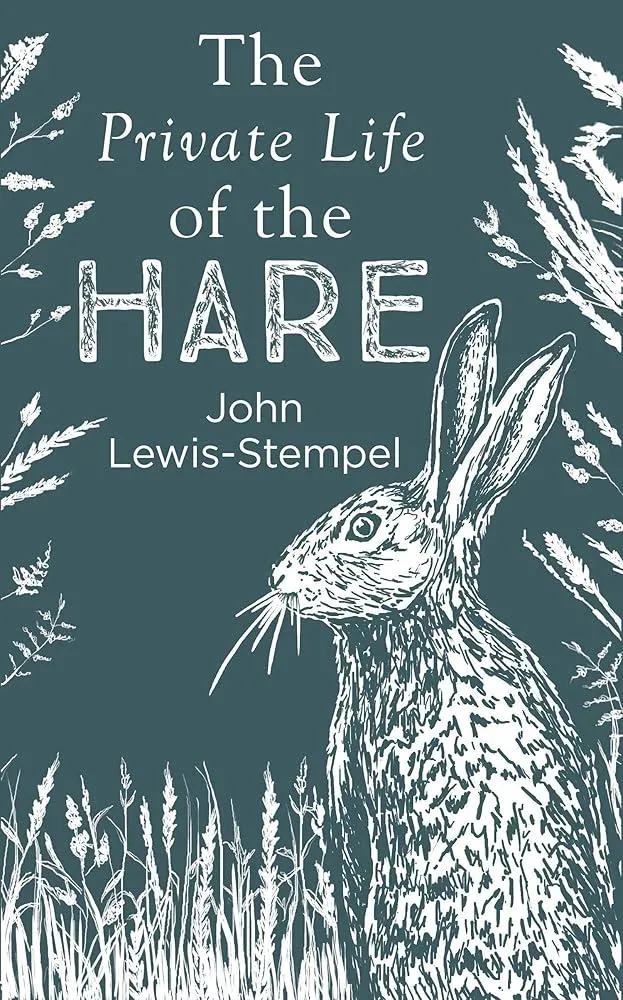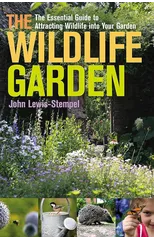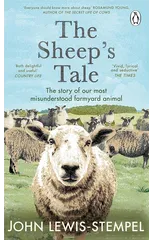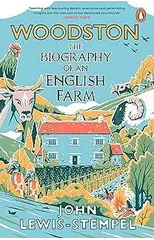The Private Life of the Hare
(Autor) John Lewis-Stempel'To see a hare sit still as stone, to watch a hare boxing on a frosty March morning, to witness a hare bolt . . . these are great things. Every field should have a hare.' The hare, a night creature and country-dweller, is a rare sight for most people. We know them only from legends and stories. They are shape-shifters, witches' familiars and symbols of fertility. They are arrogant, as in Aesop's The Hare and the Tortoise, and absurd, as in Lewis Carroll's Mad March Hare. In the absence of observed facts, speculation and fantasy have flourished. But real hares? What are they like? In The Book of the Hare, John Lewis-Stempel explores myths, history and the reality of the hare. And in vivid, elegant prose he celebrates how, in an age when television cameras have revealed so much in our landscape, the hare remains as elusive and magical as ever.
John Lewis-Stempel
John Lewis-Stempel is a British author known for his works in the field of natural history and rural living. His writing style is characterized by its lyrical prose and deep connection to the natural world. He has published over 40 books, including "Meadowland" and "The Running Hare," which have received critical acclaim for their vivid descriptions of the British countryside.
Lewis-Stempel's contributions to literature include his ability to transport readers to the beauty and wonder of the natural world through his immersive storytelling. His work has had a significant impact on the nature writing genre, inspiring readers to appreciate and protect the environment.
One of his most famous works is "The Wild Life," which won the Thwaites Wainwright Prize for Nature Writing in 2015. This book delves into the history and future of the British countryside, highlighting the importance of preserving its biodiversity and wildlife. Through his writing, John Lewis-Stempel has become a prominent voice in the field of nature writing, inspiring readers to reconnect with the natural world and protect it for future generations.






